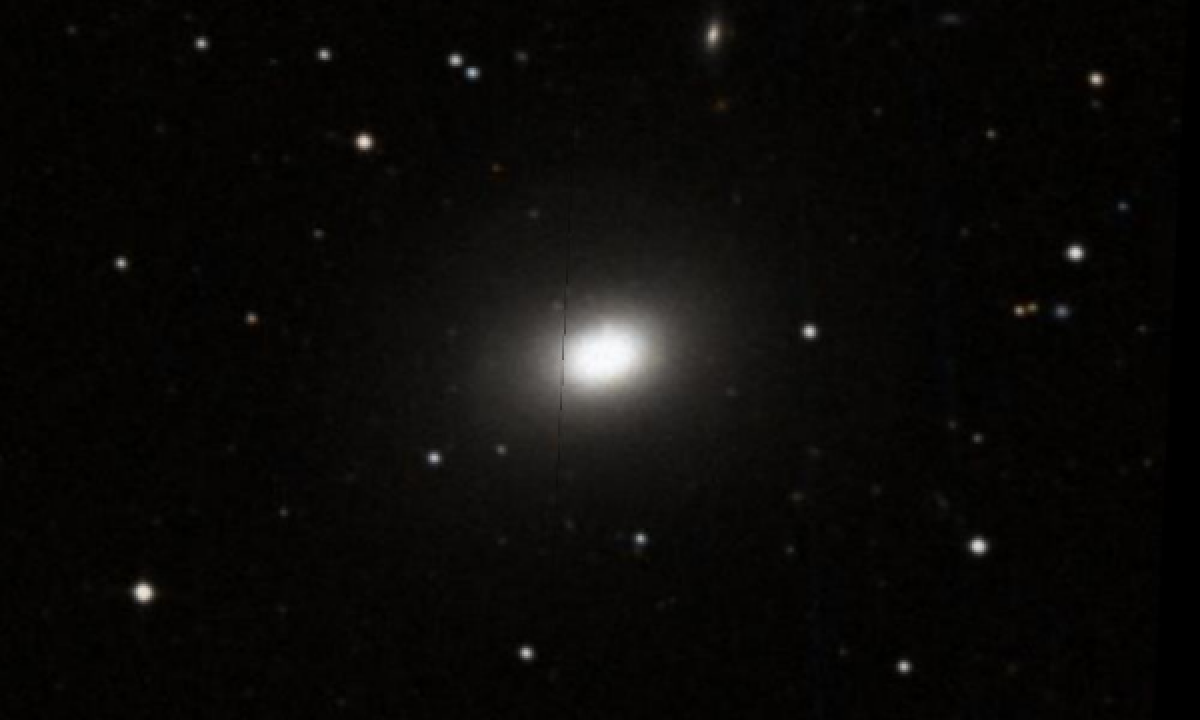The New General Catalogue of Nebulae and Clusters of Stars (abbreviated as NGC) is a catalogue of deep-sky objects compiled by John Louis Emil Dreyer in 1888. The NGC contains 7,840 objects, known as the NGC objects. It is one of the largest comprehensive catalogues, as it includes all types of deep space objects, including galaxies, star clusters, emission nebulae and absorption nebulae.
Know more about NGC
NGC 5982

NGC 5982 is an elliptical galaxy located in the constellation Draco. It is located at a distance of circa 130 million light years from Earth, which, given its apparent dimensions, means that NGC 5982 is about 100,000 light years across. It was discovered by William Herschel on May 25, 1788. NGC 5982 has a kinematically decoupled nucleus, with its major axis being nearly perpendicular to the rotation of the galaxy. NGC 5982 features many shells in its envelope, nearly 26. The shells form circular arcs, with the further being located at a radius of 150 arcseconds along the major axis of the galaxy, while the innermost one lies 8 arcseconds off the nucleus. The shells and the kinematically decoupled nucleus are the result of the merger of the elliptical galaxy with a small elliptical galaxy. The galaxy has globular clusters that belong in two populations, red and blue. The age of the globular clusters in NGC 5982 is over 5 billion years. The luminosity of NGC 5982 is dominated by light emitted by old stars. In the centre of NGC 5982 lies a supermassive black hole whose mass is estimated to be 8.3×108 M☉ (108.92 M☉) based on the M–sigma relation. The nucleus may display low level activity and has been categorised as a possible LINER. NGC 5982 belongs to a galaxy group known as the NGC 5982 group. Other members of the group include the galaxies NGC 5976, NGC 5981, NGC 5985, NGC 5987, and NGC 5989. NGC 5981, a spiral galaxy seen edge-on, lies at a separation of 6.3 arcminutes from NGC 5982 and NGC 5985, a spiral galaxy seen face-on, lies at a separation of 7.7 arcminutes. The three galaxies are known as the Draco Trio or the Draco Group, although there is no evidence that they form a compact group.
More Images:

Sources:
Wikipedia Page: NGC 5982
NGC 5982 at In-The-Sky website
